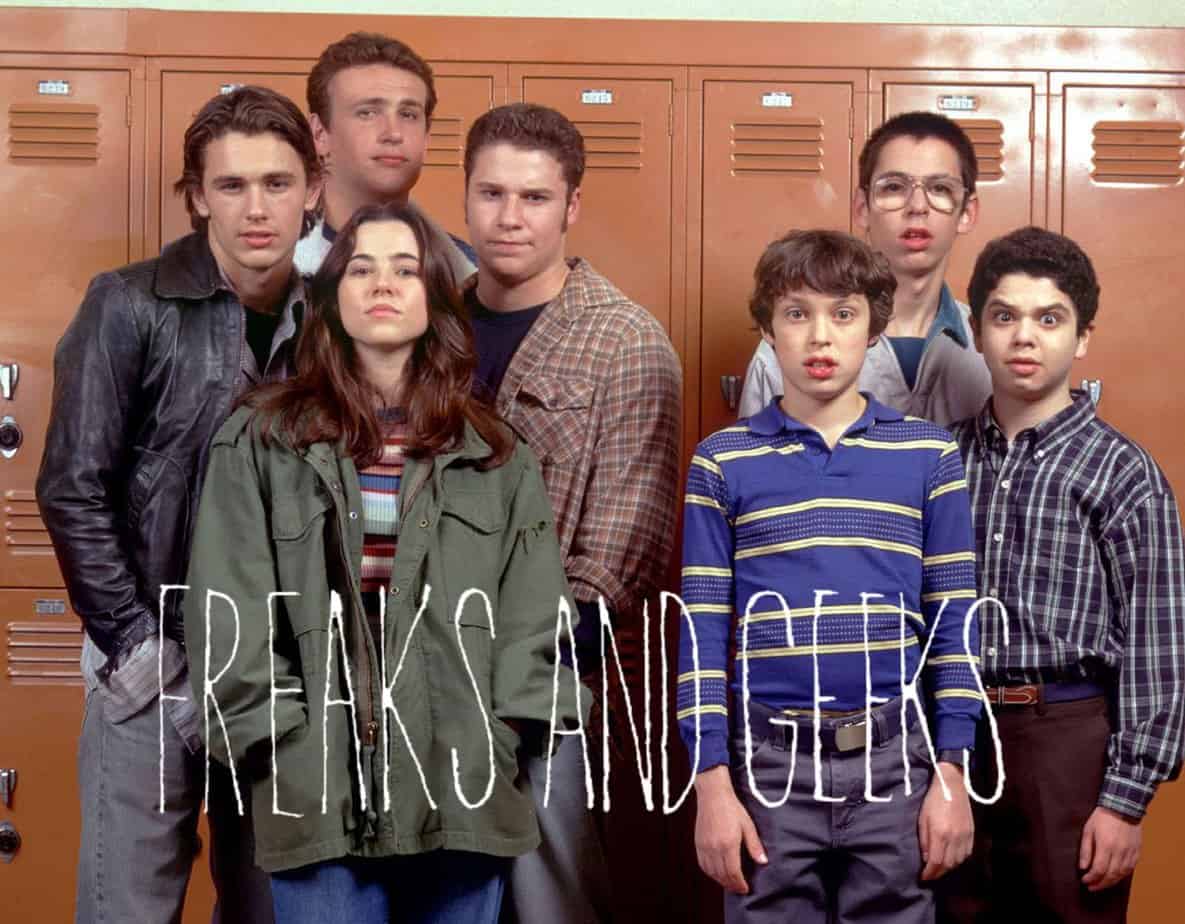-
The Magical Age of Twelve
Being alone is a newness to a twelve-year-old child. He is so used to people about. The only way he can be alone is in his mind. There are so many real people around, telling children what and how to do, that a boy has to run off down a beach, even if it’s only…
-
A Glossary of Genre and Story Types
The purpose of fiction genre is to help readers find the stories they want. For a full list of Fiction Genres you can’t go past the Wikipedia article. These are my own notes on genre, incomplete, but with a different spin.ga Children’s literature is broken down into genres, just as adults’ stories are. But critics…
-
Doctor De Soto by William Steig (1982) Analysis
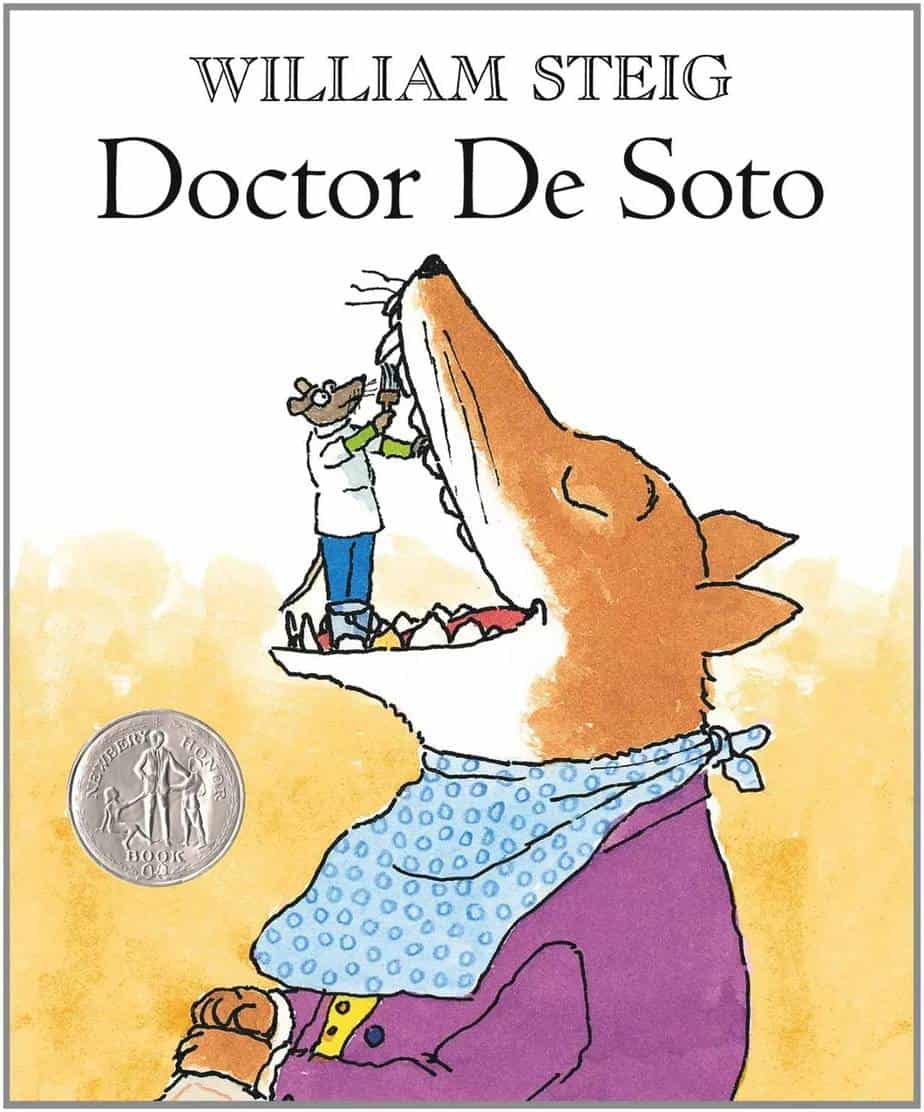
Doctor De Soto is an example of a picture book that owes a lot to Aesop, with the characterisation of the mice and the fox already firmly in place. Mice don’t play as prominent part in the fables as you might think, but foxes are one of the main five, along with countrymen, dogs, donkeys…
-
Eric by Shaun Tan Picture Book Analysis
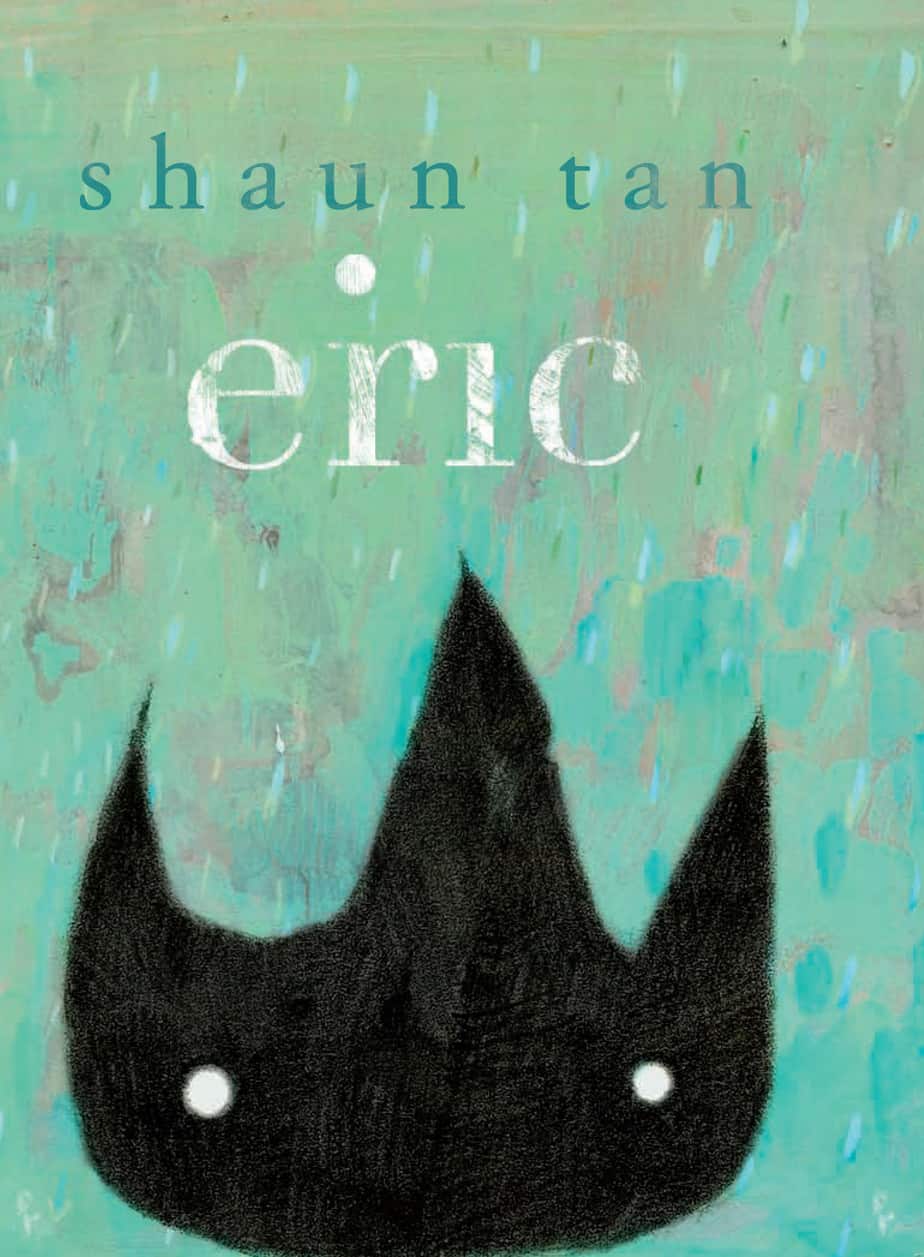
Eric is a miniature, post-modern picture book by Australian author illustrator Shaun Tan. This simple story says big things about cultural difference. The character design of Eric looks to me a little like Vertebrae C6, which could lead me in the direction of an absolutely ridiculous reading, but we shan’t be doing that today. NOTES…
-
Clifford The Big Red Dog by Norman Bridwell Analysis
Clifford The Big Red Dog is a picture book series by Norman Bridwell. This is an enormous franchise of children’s books which covers every generic, American childhood event you could imagine: Clifford’s First Christmas, The Big Sleepover, Clifford’s First School Day and so on. Bridwell died fairly recently, in 2014 at the age of 86.…
-
The Biggest Sandwich Ever Analysis
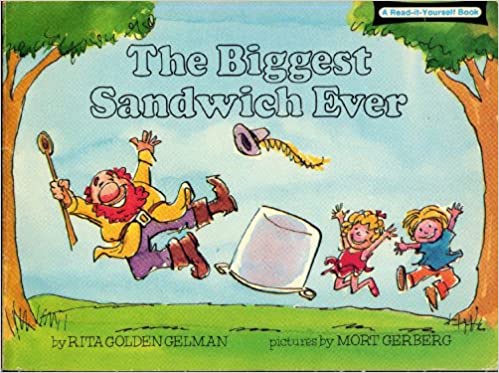
The Biggest Sandwich Ever is a book from 1980. It was my first “Lucky Book Club” purchase, and I loved it. (I don’t agree with my husband either, who says there should also be an “Unlucky Book Club”.) What makes it great? It’s not especially original, but it does follow a successful formula. Although the…
-
Jack And The Beanstalk History and Symbolism
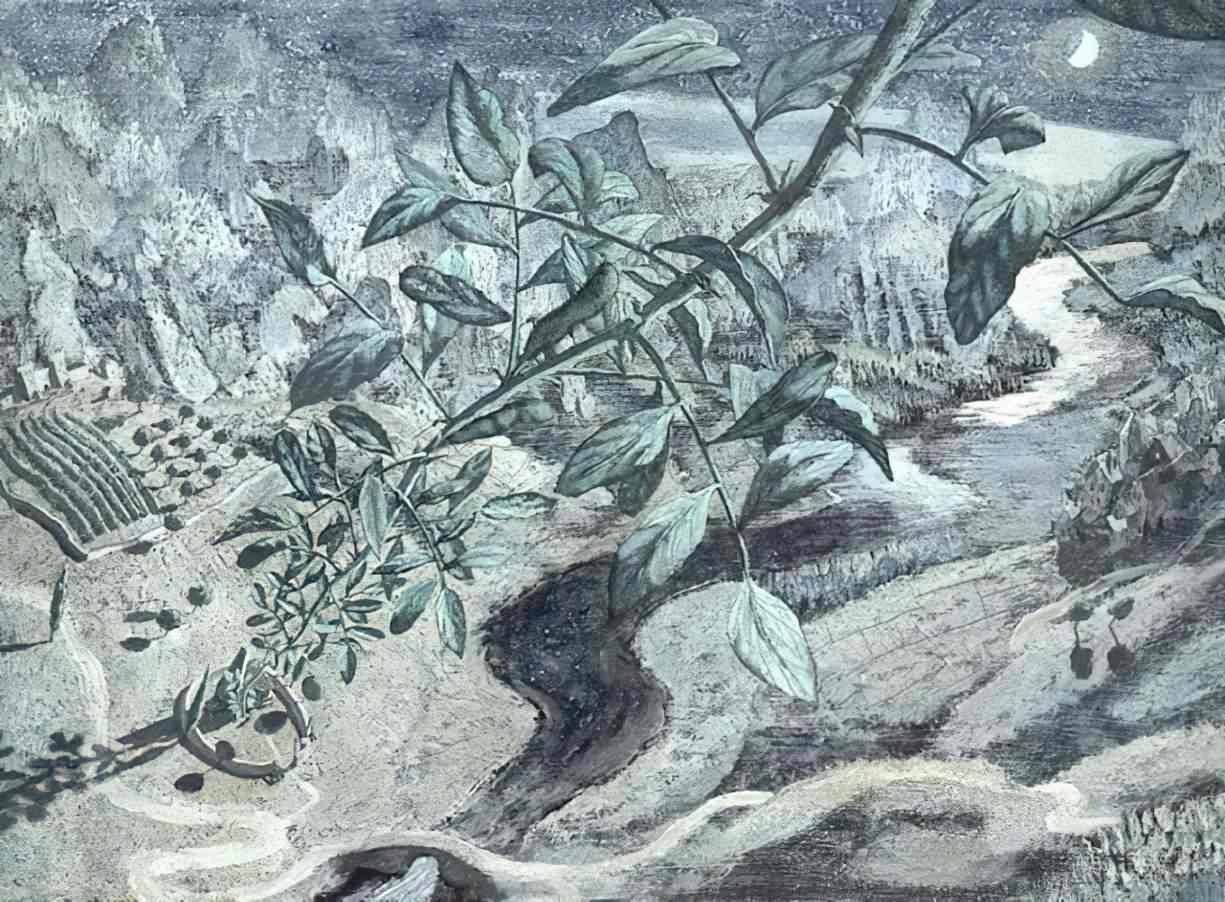
Jack and the Beanstalk is also known as Jack The Giant Killer, which kind of ruins the ending, so no wonder they changed it. WHERE TO HEAR “JACK AND THE BEANSTALK” READ ALOUD If you’d like to hear “Jack and the Beanstalk” read aloud, I recommend the retellings by Parcast’s Tales podcast series. (They have…
-
Where’s Spot? concept picture book by Eric Hill Analysis
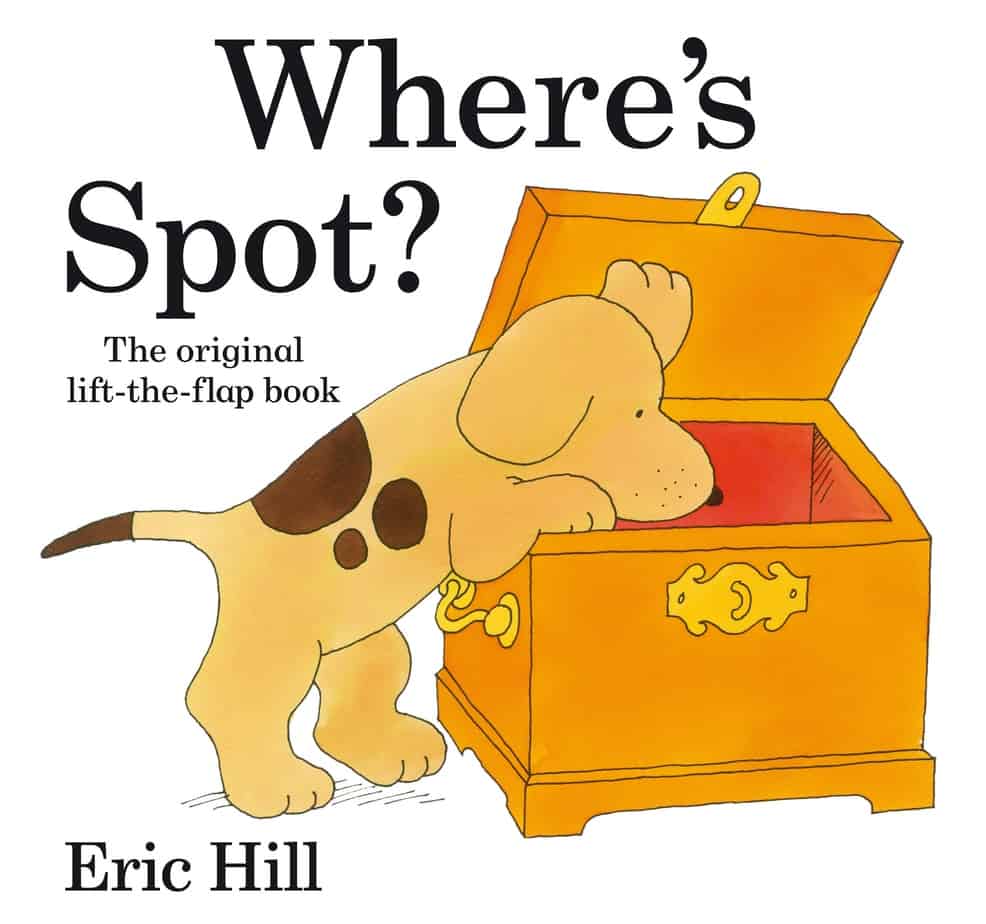
Concept books exist partly to teach young children basic concepts: ABCs, numbers, colours, opposites, time, size, and in this book, prepositions. Concept books are most often unmemorable. I can tell you at various times our bookshelf has housed cardboard books with the name of a colour on each page, but I got rid of those.…
-
The Three Main Types Of Modern Myth Stories
In everyday English, a myth is a story which is not true. In a myth, the surface level story is not true, but the symbols running through the story say something deeper about humankind. This is what makes it true.
-
The Role Of The Chimera In Storytelling
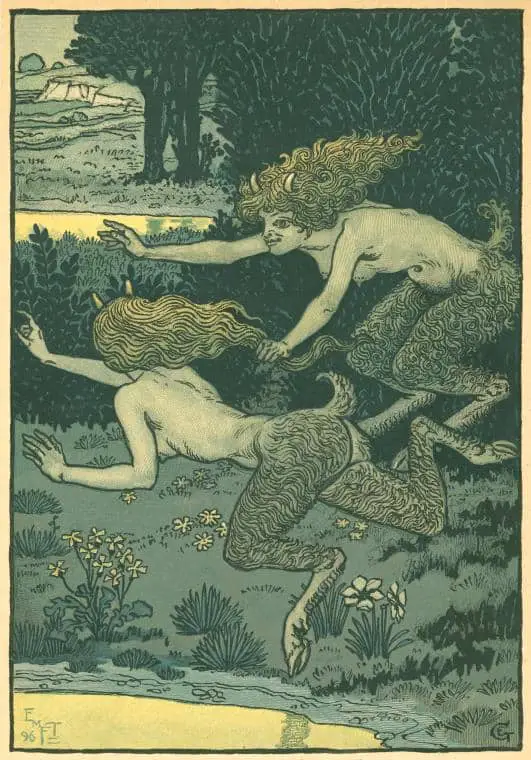
Before modern science took hold, when humans were still trying to classify everything we saw around us, people really did believe in the chimera. Take the example of the Scoter duck. No one could decide whether this bird was a bird or a fish. he Abbe of Vallemont even took it out of the bird…
-
Blackdog by Levi Pinfold Analysis
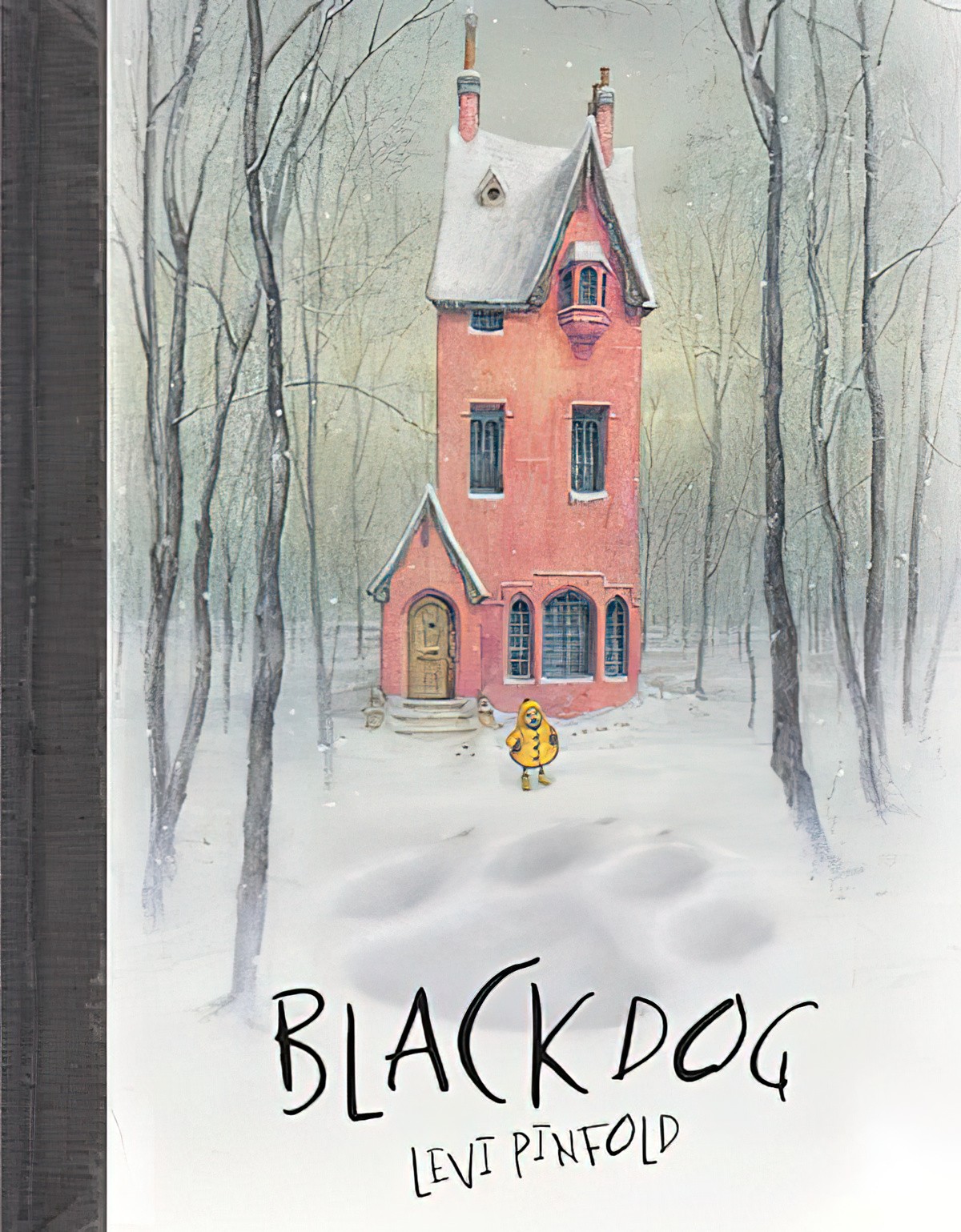
Anyone who has ever seen a huge unfriendly dog standing right outside their glass door will know how frightening it can be. Pinfold takes that fear and now we have Blackdog.
-
Dollhouse Symbolism In Storytelling
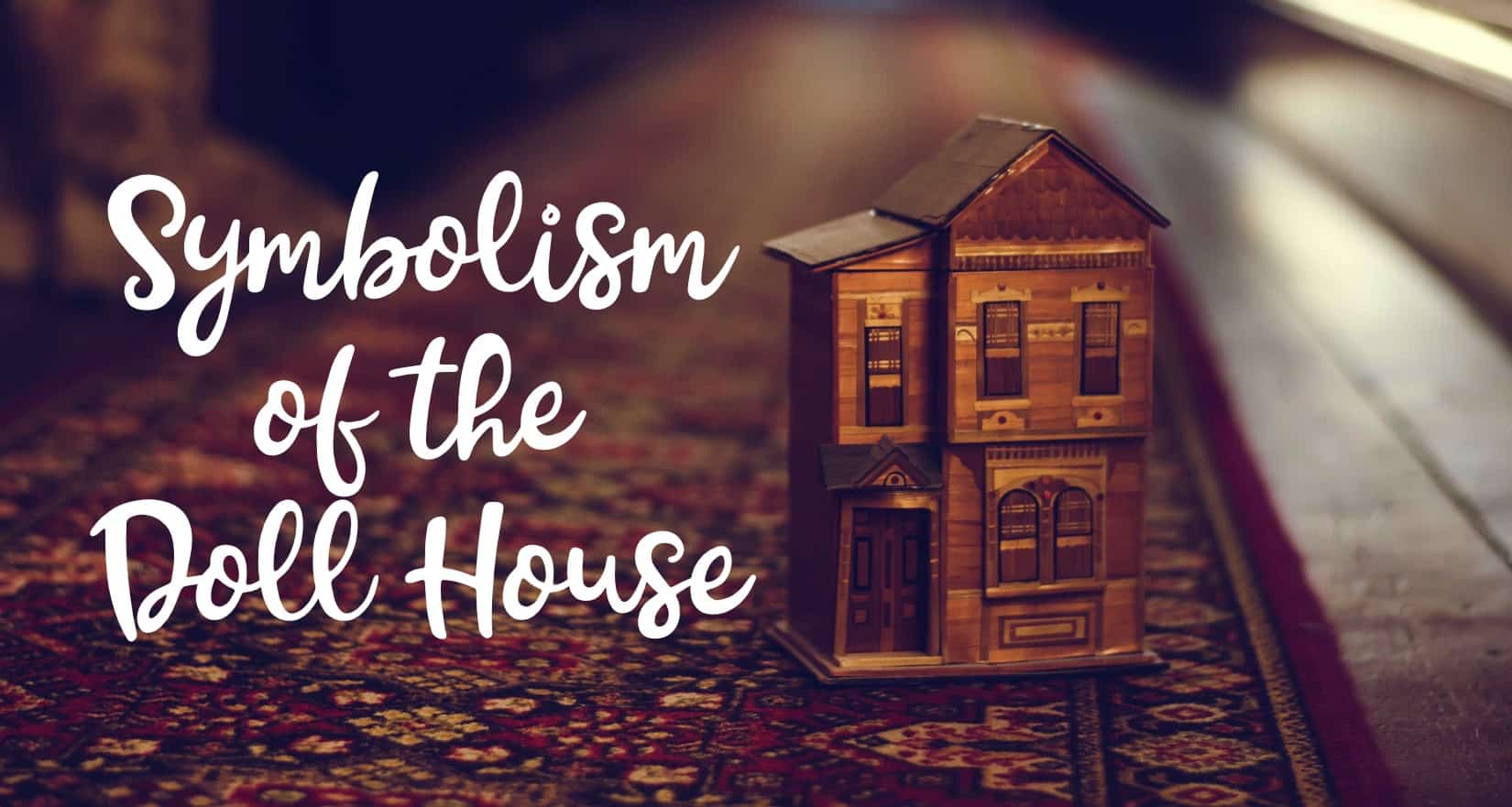
Dollhouses in stories fall into a number of main categories: Through the window, the benches are snowcapped, stippled with pigeon prints. Winter came early to New York. The apartments across the way glow shades of yellow. Figures move from room to room. They look like doll-people. I want to collect their love seats and kitchen…
-
The Tale Of Peter Rabbit by Beatrix Potter Analysis
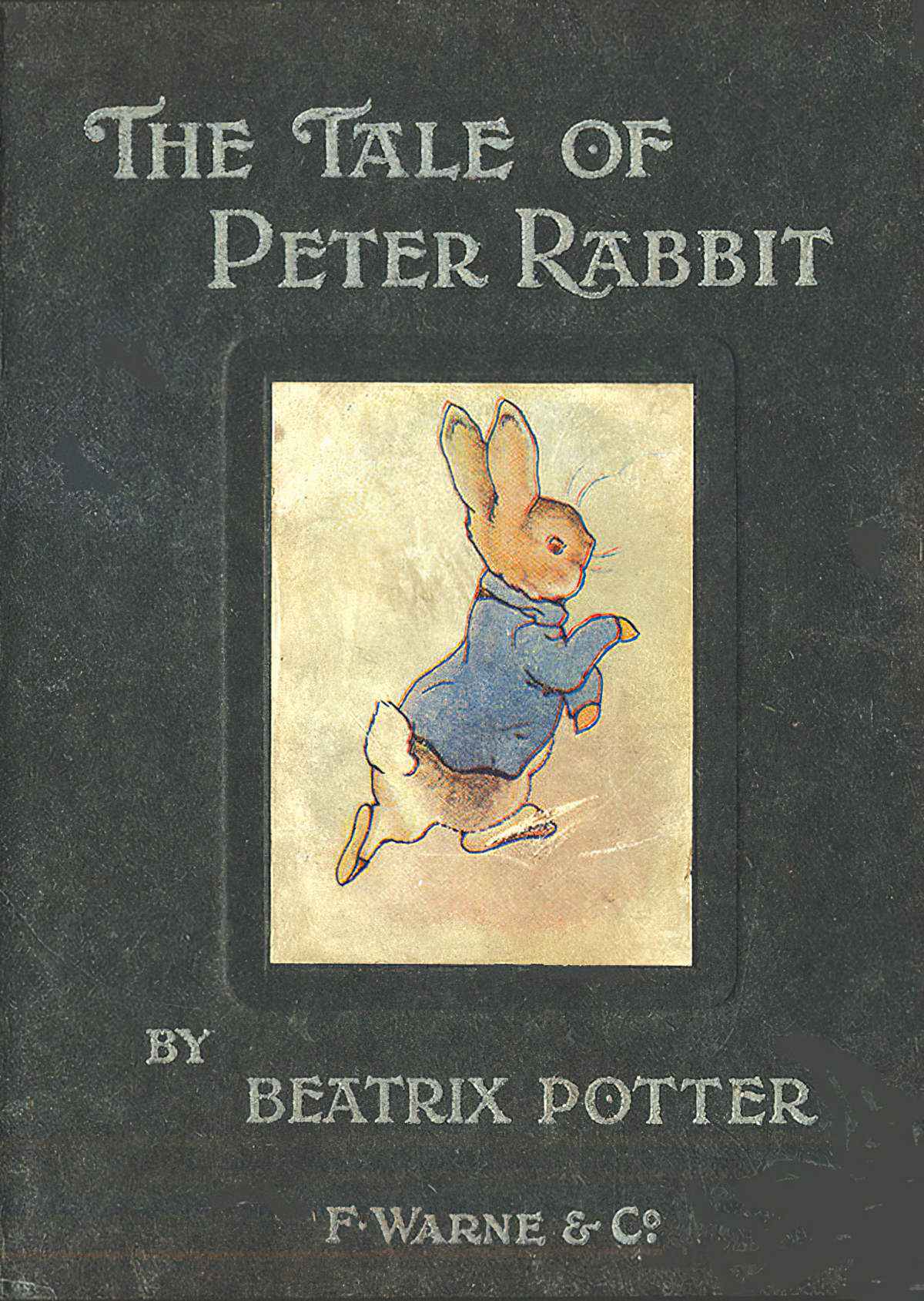
As Marjery Hourihan points out in Deconstructing the Hero, Peter Rabbit is basically an Odyssean story. A male hero goes out, has an adventure, faces death and then arrives home, changed. Beatrix Potter was following a long tradition of storytelling when she wrote this one.
